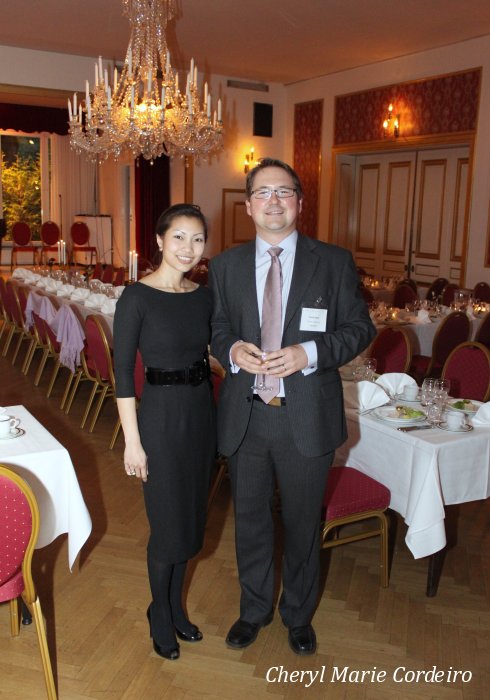
Morning skylight, at the Hengshan Picardie Hotel, Shanghai.
Photo © C M Cordeiro-Nilsson and Per-Olof Larsson for CMC 2010
And I thought I would walk into a city that would be so foreign to me that I would not have understood half of what was going on as soon as I landed. But I was wrong. In fact, the melding I felt to Shanghai was so immediate it was as if I had stepped off the plane, right back home.
One of the things I look forward to whether travelling or at home, is breakfast. Shanghai, being such a dynamic and cosmopolitan city, has no problems providing for all sorts of palates. In fact, settling for both a red bean steamed bun and a mini chocolate muffin at breakfast was just the sort of thing that a Singaporean for example, wouldn’t think twice about either.






 The job of the expatriate in international job transfers is hardly an easy transition. Most Scandinavian expatriate contracts in Singapore for example average 3 years, during which time, the employees, usually at managerial level, are supposed to make adjustments along several dimensions, both in the private and public domains.
The job of the expatriate in international job transfers is hardly an easy transition. Most Scandinavian expatriate contracts in Singapore for example average 3 years, during which time, the employees, usually at managerial level, are supposed to make adjustments along several dimensions, both in the private and public domains.



